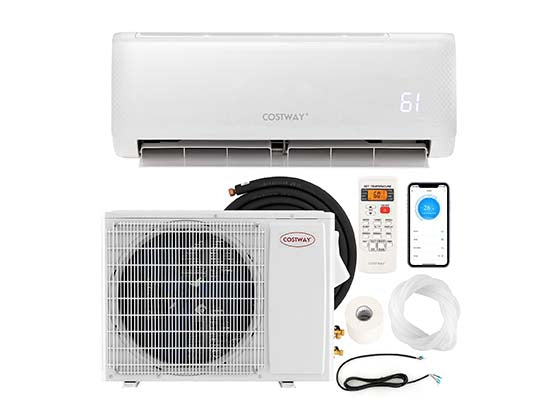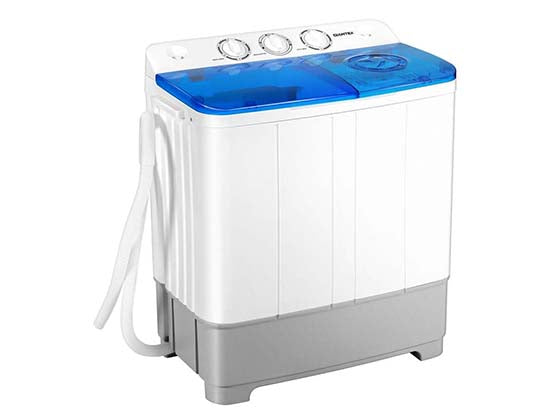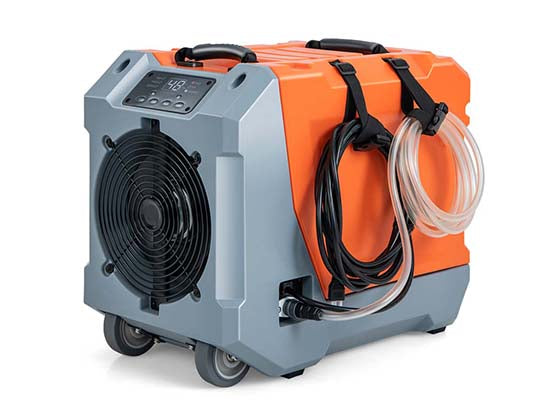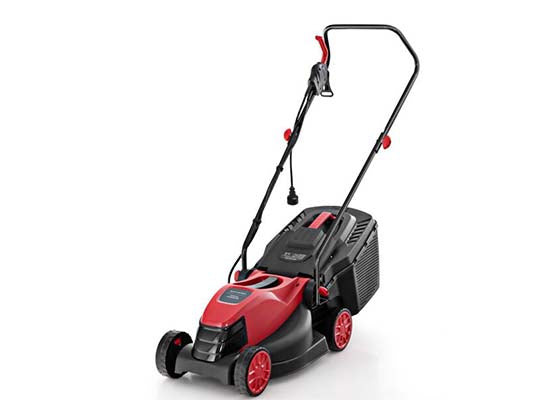In the ever-evolving world of air conditioning, the mini-split system has emerged as a popular choice for both residential and commercial applications. As professionals in the field, we understand the importance of selecting the right system to meet specific needs. This article aims to provide a comprehensive overview of mini-split air conditioners, helping you determine if they are worth the investment.
Table of contents:
1. What is a Mini Split Air Conditioner?
2. How Does a Mini Split Work?
3. Benefits of a Mini Split Air Conditioner
4. Potential Drawbacks of Mini Split Systems
5. Comparing Mini Splits with Other AC Systems
6. Is a Mini Split Worth It for Your Home?
7. Installation and Maintenance Tips
What is a Mini Split Air Conditioner?
A mini-split air conditioner, often referred to as a split AC unit or wall-mounted AC unit, is a type of HVAC system that provides both heating and cooling. Unlike traditional systems, mini-splits consist of two main components: an indoor unit and an outdoor compressor. These systems are ductless, making them an ideal solution for spaces where installing ductwork is impractical.
How Does a Mini Split Work?
Mini-split systems operate by transferring heat between the indoor and outdoor units. The indoor unit, typically mounted on a wall, contains an evaporator coil and a fan to circulate air. The outdoor unit houses the compressor and condenser. Refrigerant lines connect the two units, allowing for efficient heat exchange. This setup not only provides precise temperature control but also enhances energy efficiency.
Benefits of a Mini Split Air Conditioner
Mini-split systems offer several advantages:
- Energy Efficiency and Cost Savings: By eliminating the need for ductwork, mini-splits reduce energy loss, leading to lower utility bills.
- Flexibility and Zoning Capabilities: These systems allow for individual temperature control in different zones, catering to specific comfort needs.
- Quiet Operation and Improved Air Quality: With the compressor located outside, indoor noise is minimized. Additionally, advanced filtration systems improve air quality.
- Aesthetic Appeal and Space-Saving Design: The sleek design of wall-mounted units complements modern interiors without occupying floor space.
Potential Drawbacks of Mini Split Systems
While mini-splits offer numerous benefits, there are some considerations:
- Initial Installation Cost: The upfront cost can be higher compared to traditional systems, though this is often offset by long-term savings.
- Maintenance Requirements: Regular maintenance is essential to ensure optimal performance and longevity.
- Aesthetic Concerns with Wall-Mounted Units: Some may find the indoor units visually intrusive, though various design options are available.
Comparing Mini Splits with Other AC Systems
When evaluating air conditioning options, it's crucial to compare mini-splits with other systems:
- Mini Split vs. Central Air Conditioning: Mini-splits offer greater energy efficiency and zoning flexibility, while central systems may be more suitable for larger spaces with existing ductwork.
- Mini Split vs. Window Units: Mini-splits provide superior performance and aesthetics, though window units are often more affordable and easier to install.
Is a Mini Split Worth It for Your Home?
Determining whether a mini-split is worth the investment depends on several factors:
- Climate, Home Size, and Layout: Mini-splits are ideal for homes in moderate climates and those with open floor plans.
- Cost Analysis and Potential Savings: While the initial cost may be higher, the energy savings and increased comfort often justify the investment.
- Real-Life Examples and Testimonials: Many homeowners and businesses report significant improvements in comfort and energy efficiency after switching to mini-splits.
Installation and Maintenance Tips
Proper installation and maintenance are key to maximizing the benefits of a mini-split system:
- Professional Installation vs. DIY: We recommend professional installation to ensure optimal performance and warranty protection.
- Regular Maintenance Practices: Routine cleaning of filters and coils, along with annual professional inspections, will keep the system running efficiently.
- Troubleshooting Common Issues: Familiarize yourself with common problems, such as refrigerant leaks or sensor malfunctions, to address them promptly.
Conclusion
In conclusion, mini-split air conditioners offer a versatile and efficient solution for many applications. By understanding the benefits and considerations, you can make an informed decision about whether a mini-split is the right choice for your needs. We encourage you to consult with HVAC professionals to explore the best options for your specific situation.
Call to Action
To learn more about air conditioning systems and how they can enhance your comfort and efficiency, reach out to our team of experts. We are here to provide guidance and support in selecting the ideal solution for your space.











